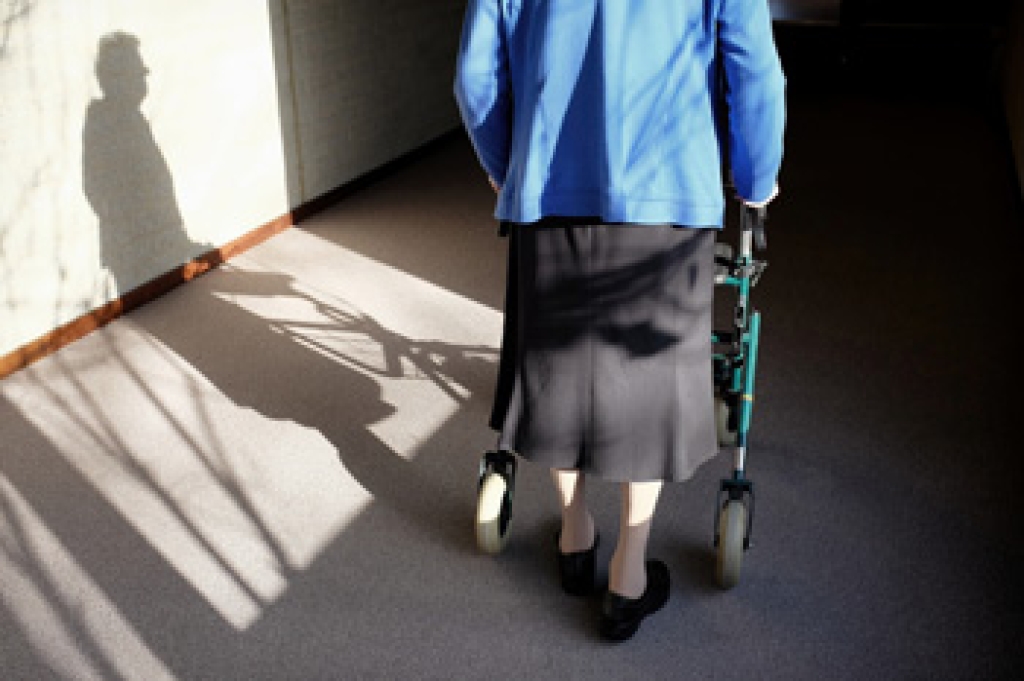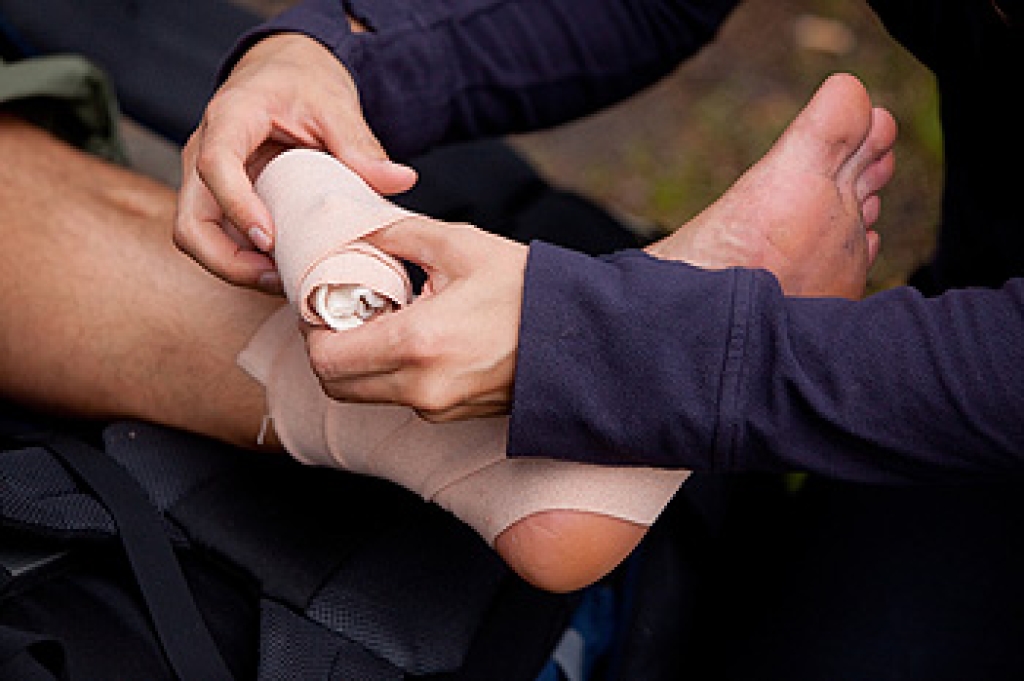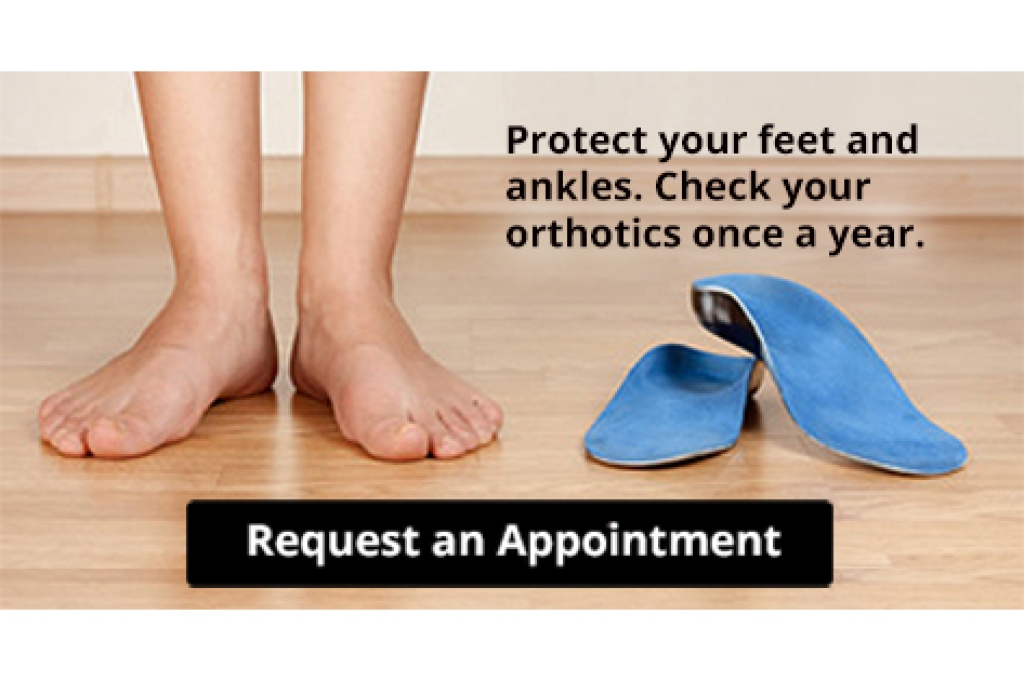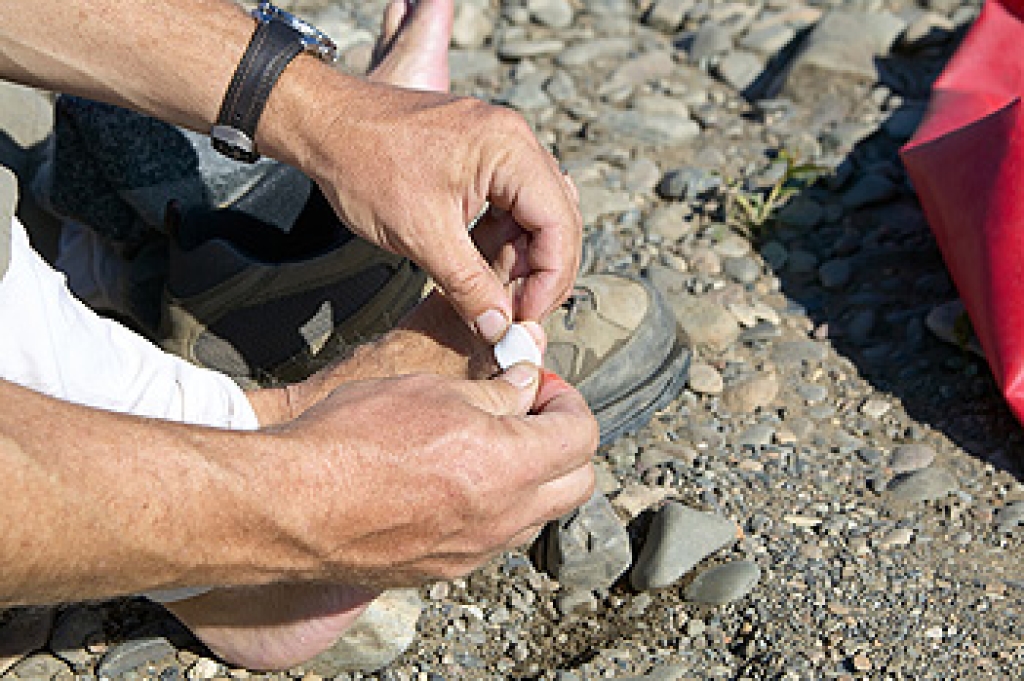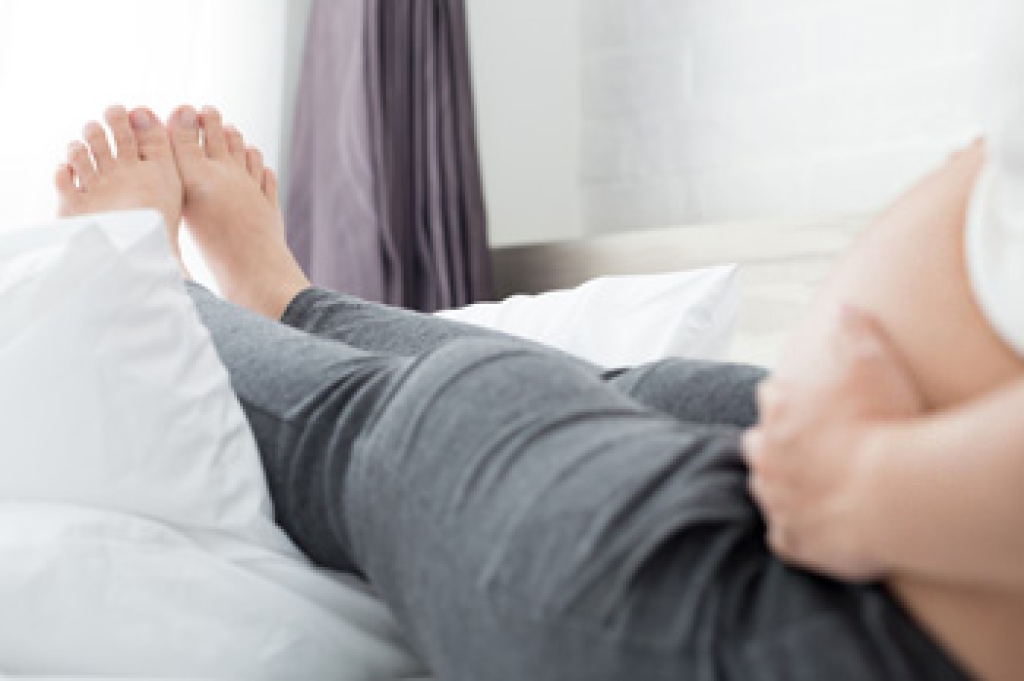Sometimes we tend to take our feet for granted. But as we get older, the need for proper foot care increases, especially as it becomes more difficult to reach the feet and toes. Fortunately, there are a number of ways to give your feet the attention they so well deserve. One way is to soak your feet in Epsom salts for about 10 minutes. Dry them thoroughly, especially between the toes. Next, treat your feet to lotion or cream to keep them from drying out and cracking, as that may lead to sores and infection. Keep the toenails trimmed straight across to avoid the formation of ingrown toenails, which can be painful and possibly become infected. Wear comfortable and stable shoes that have non-slip soles and provide good support. Be sure to examine your toes and feet often and look for any changes to the skin, such as blisters, corns or calluses. Most importantly, if you experience pain in the feet or toes, be sure to make an appointment with a podiatrist for a full examination and possible treatment options.
Proper foot care is something many older adults forget to consider. If you have any concerns about your feet and ankles, contact Gabe Rodriguez, DPM from Sioux Falls Foot Specialist. Our doctor can provide the care you need to keep you pain-free and on your feet.
The Elderly and Their Feet
As we age we start to notice many changes in our body, but the elder population may not notice them right away. Medical conditions may prevent the elderly to take notice of their foot health right away. Poor vision is a lead contributor to not taking action for the elderly.
Common Conditions
- Neuropathy – can reduce feeling in the feet and can hide many life-threatening medical conditions.
- Reduced flexibility – prevents the ability of proper toenail trimming, and foot cleaning. If left untreated, it may lead to further medical issues.
- Foot sores – amongst the older population can be serious before they are discovered. Some of the problematic conditions they may face are:
- Gouging toenails affecting nearby toe
- Shoes that don’t fit properly
- Pressure sores
- Loss of circulation in legs & feet
- Edema & swelling of feet and ankles
Susceptible Infections
Diabetes and poor circulation can cause general loss of sensitivity over the years, turning a simple cut into a serious issue.
If you have any questions please feel free to contact our office located in Sioux Falls, SD . We offer the newest diagnostic and treatment technologies for all your foot and ankle needs.
